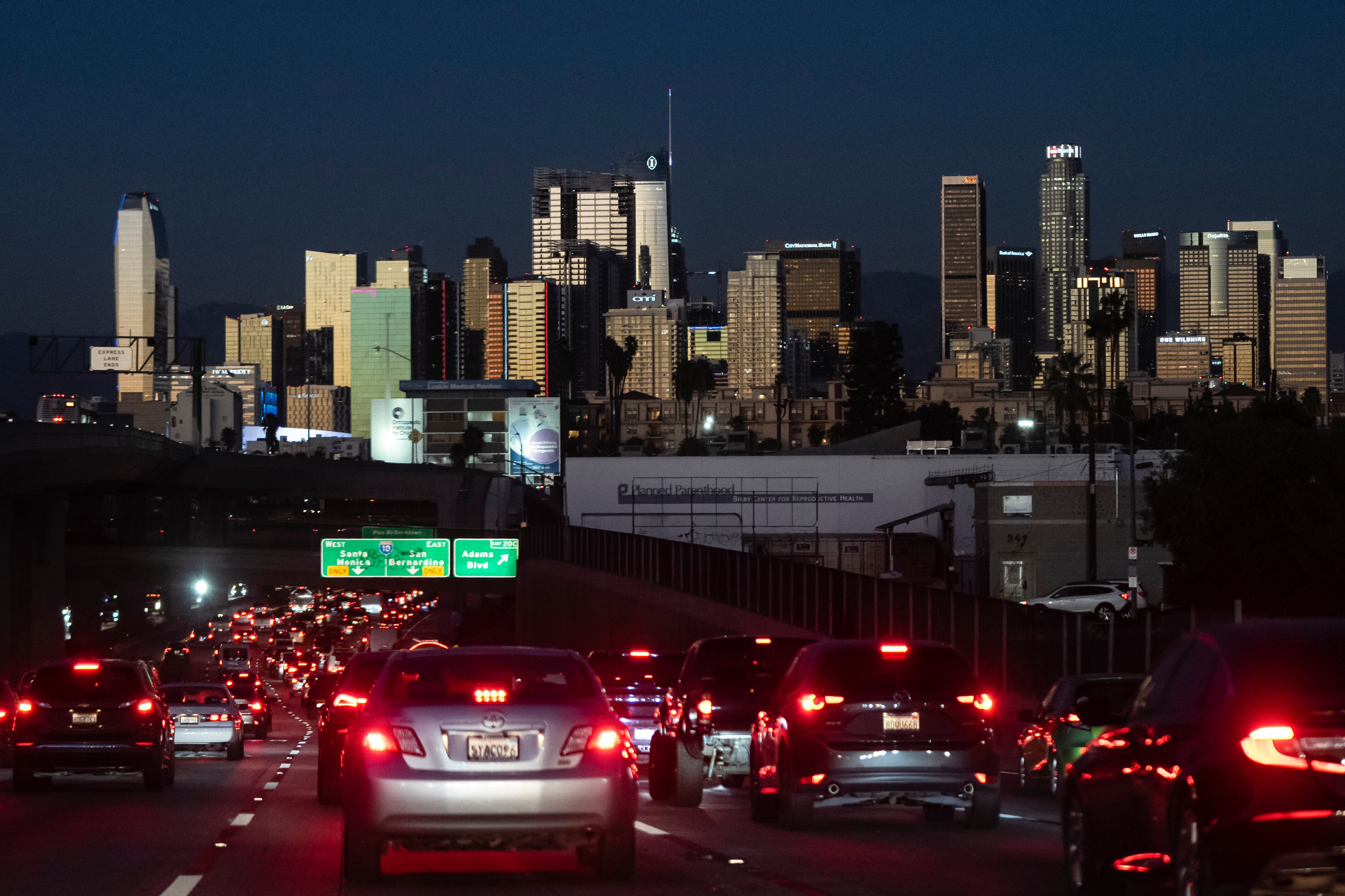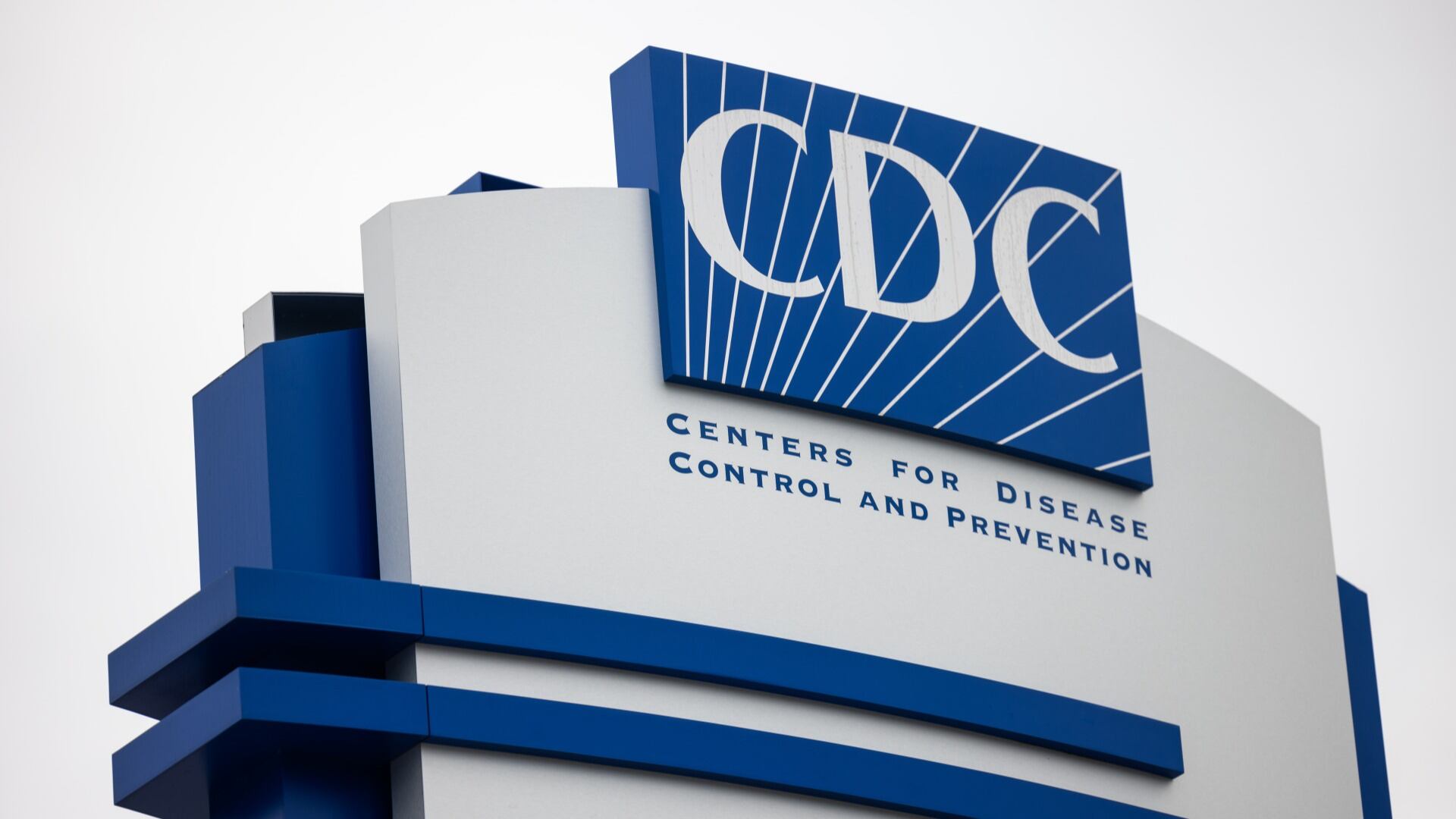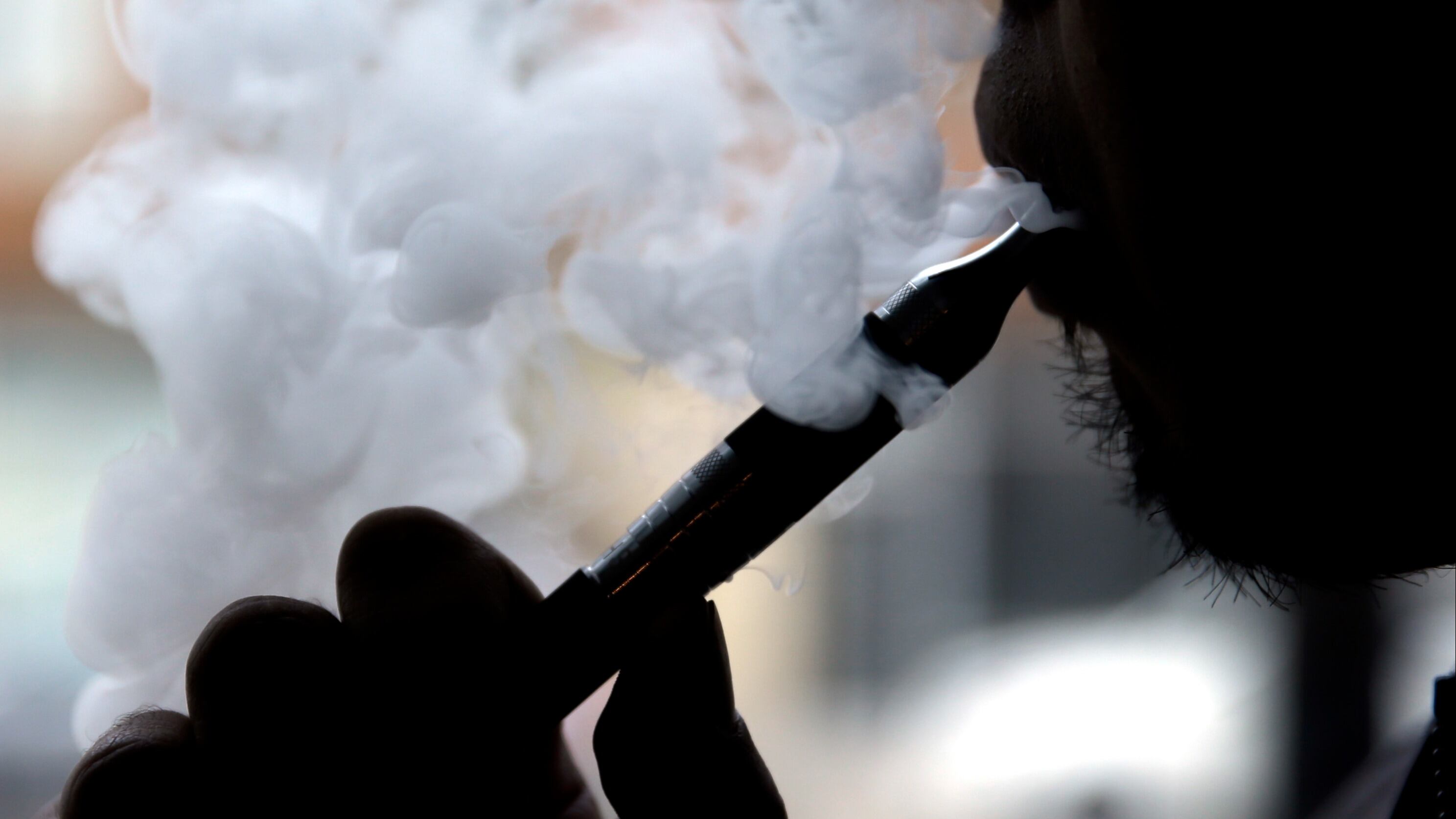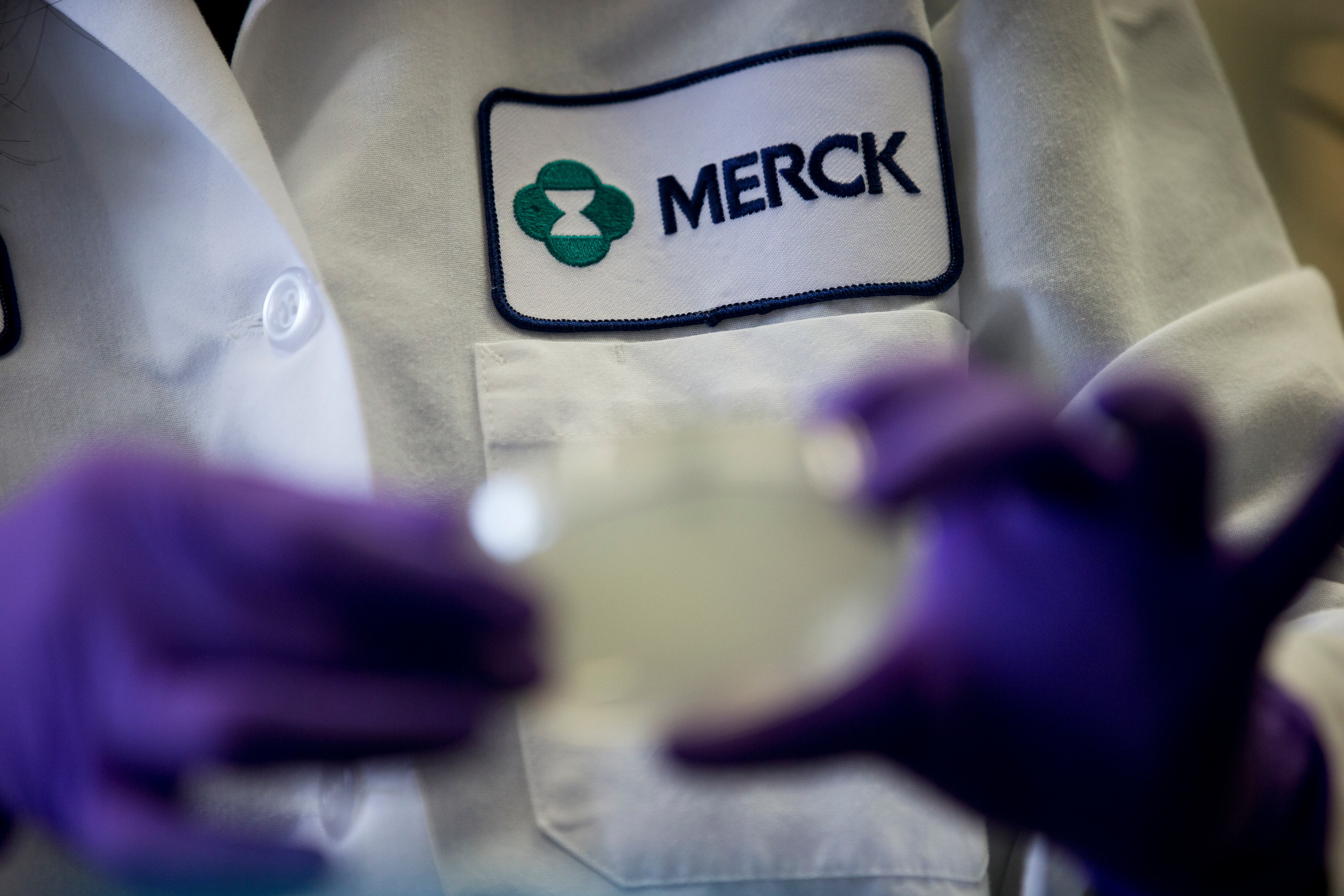By Mike Stobbe
The longstanding racial gap in U.S. stroke death rates widened dramatically during the COVID-19 pandemic, government researchers said Thursday.
Stroke death rates increased for both Black and white adults in 2020 and 2021, according to the Centers for Disease Control and Prevention study. But the difference between the two groups grew about 22%, compared with the five years before the pandemic.
“Any health inequity that existed before seems to have been made larger during the pandemic," said Dr. Bart Demaerschalk, a stroke researcher at the Mayo Clinic in Phoenix who was not involved in the new study. “This is another example of that.”
During a stroke, something blocks or reduces blood flow to part of the brain or a blood vessel in the brain bursts. It can result in brain damage or long-term disability and is the nation's fifth leading cause of death.
Until about a decade ago, the U.S. stroke death rate was falling because of improved treatment and reduced smoking rates. The decline halted in 2013 at about 70 per 100,000 adults 35 and older. Experts think increases in obesity and related conditions finally offset some of things that had been driving stroke deaths down.
It climbed the last few years, rising to nearly 77 in 2021.
Black Americans have long had a higher stroke death rate than their white counterparts, a gap that was fairly steady for decades.
In 2021, according to the new study, the Black stroke death rate rate for Americans aged 35 and older rose from about 101 per 100,000 before the pandemic to about 113. The white rate rose from about about 70 per 100,000 to 75. The difference between those two measures rose from 31 to 38, a 22% increase.
The paper joins a growing number of studies that detected a disproportionately large increase in minority stroke death rates since the pandemic began.
What drove the increases?
Doctors say COVID-19 infection can raise the risk of stroke. This mainly happens in severe COVID-19 illness, and the problem is worse in people that already have partially blocked blood vessels because of other conditions.
Patients with diabetes, high blood pressure, high cholesterol and a history of smoking seemed to be at highest risk, according to a study led by Demaerschalk that was published last year.
But the virus probably wasn't the only factor, Demaerschalk said.
Obesity may have worsened, he said. People probably saw their doctors less often. And many were reluctant to go to a hospital when stroke symptoms developed — especially in the early days of the pandemic, when fear of catching the new virus may have surpassed concerns about stroke symptoms, he added.
“Time is absolutely of the essence” in treating strokes, Demaerschalk said.
So people were less likely to get medical care at the same time the risk of stroke was rising. And that “mismatch” may have been more pronounced for some Black people, because of lack of access of medical care and risk factors for COVID-19 and stroke, he said.
___
The Associated Press Health and Science Department receives support from the Howard Hughes Medical Institute’s Science and Educational Media Group. The AP is solely responsible for all content.













